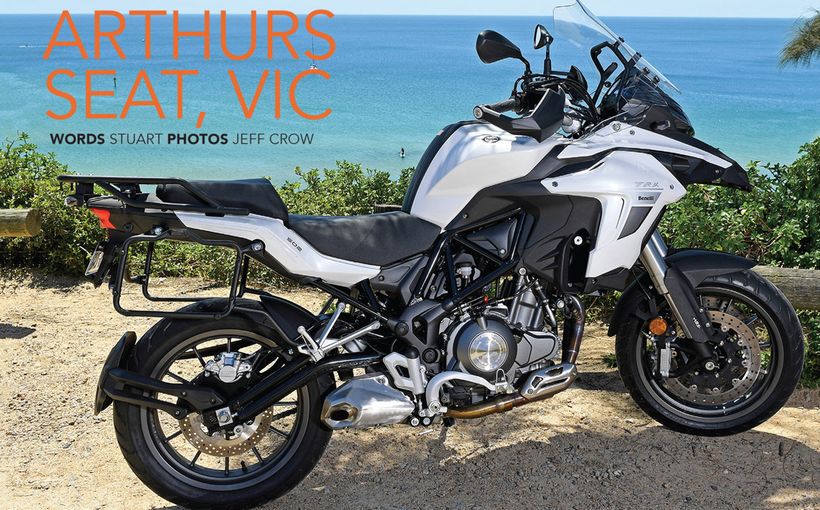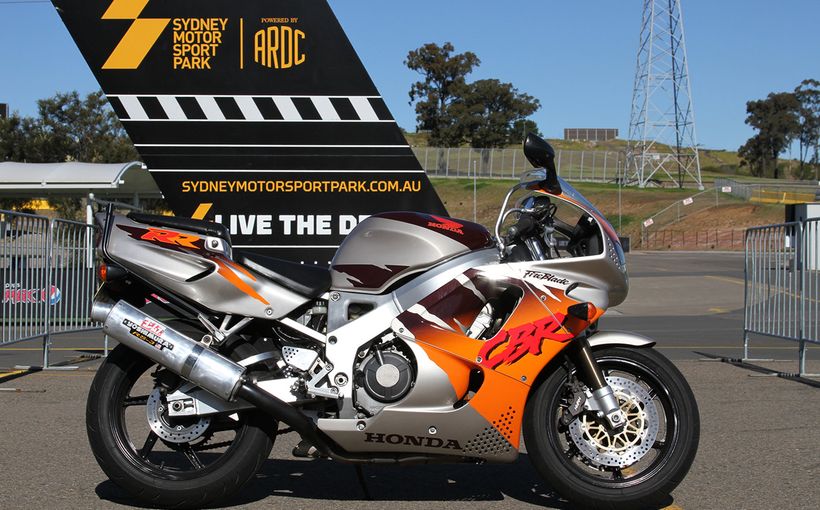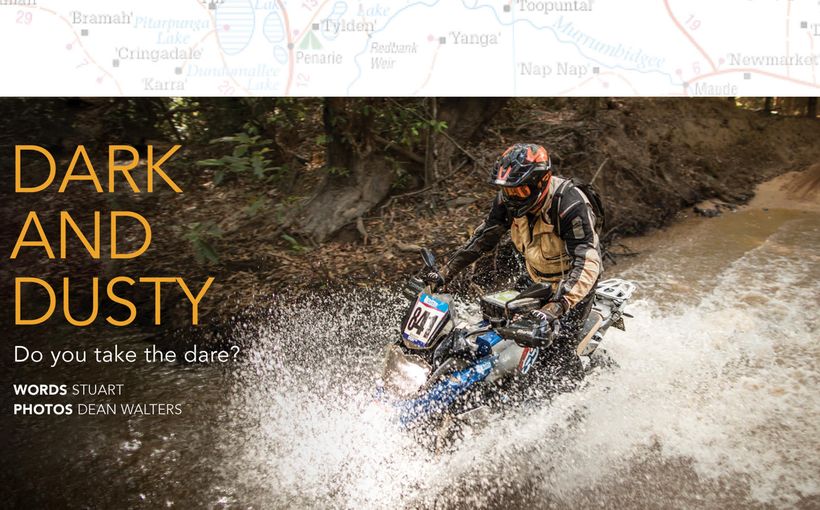South Australia: Take me to Cradock - Gone Outback

Most people consider a trip to the Outback an expedition that takes months of planning, weeks of stockpiling supplies and camping equipment, and then days spent poring over maps.
Not so. In South Australia, an easy afternoon's ride from Adelaide will deliver you to a classic country hotel on the very edge of the Outback, where you can sip a James Squire's ale while you watch the setting sun turn the purple hues of the empty saltbush plains into fiery shades of red and orange.
There are two routes to take and both are around 370km from Adelaide, on empty, open roads that mean a trip of less than four hours, including stops. The most obvious route is to take Main North Road from Adelaide, via Gawler, to the Clare Valley's wine capital, Clare, then through Spalding, Jamestown, Orroroo and Carrieton on the road to Hawker, gateway to the Flinders Ranges.

But a better way to get the Outback experience is to turn off Main North Road on to the Barrier Highway at its junction 30km north of Gawler. This ride takes you through Riverton to the old copper mining town of Burra, then onto Terowie, over to Peterborough before heading to Orroroo and Carrieton to Cradock, which is near Hawker.
The change from cropping and grazing country to Outback saltbush is more obvious on this route, which also follows part of the old train route from Adelaide to Broken Hill. As well you get a real impression of how mankind thought it could tame the Outback and failed. It's a ride through history.
About 90km north of Adelaide, Riverton is a typical South Australian country town. That means plenty of stone buildings and an imposing railway station. Established in 1866, Riverton catered to the rapidly expanding pastoral industry before becoming the jumping-off point for the booming copper town of Burra. Its railway station is notable for both its classic colonial architecture and the legend that it was the site of Australia's only political assassination.

It is true that an Australian politician was shot here and died later that day in 1921. The truth of the matter is that the visiting Broken Hill MP was fatally wounded in the stomach trying to overpower a Russian immigrant who had gone berserk with a revolver on the platform. Some of the bullet holes are still obvious on the station.
The road to Riverton and on to Burra follows low valleys with expansive grazing and cropping paddocks. They are cleared of vegetation but a consistent rainfall ensures farming viability. The long, straight road has the occasional corner but they can mostly be taken at the legal speed limit of 110km/h. This easy riding gives you plenty of time to look at the large-scale landscape while eating up the miles.
As you near Burra, the countryside changes. The bare grazing country is quite stony. A network of small creekbeds is home to massive old redgums. A geological discovery in 1845 resulted in one of the world's richest copper mines. The boom lasted until 1877, after which the town became the hub of a merino sheep breeding industry. Today its historic main street has double-storey terrace architecture, housing interesting antique and collectables shops.

Back on the main road, you soon reach Terowie and are now about 220km north of Adelaide. Already the lush cropping countryside is changing to saltbush, but that didn't deter the people who came here to graze sheep in the 1870s. Drought and a rabbit plague drove them out in the 1880s but the town survived as a railway hub with huge workshops. During World War II it became an important army base, safe from Japanese bombing planes.
It was on the railway platform that American General Douglas MacArthur made his well-reported statement: "I came out of Bataan (his defeat in the Philippines) and I shall return". Today, with no railway line, Terowie looks a bit like an abandoned period film set. Many of its buildings remain in original condition and it has been declared an historic town. Take a detour around the unpaved back streets, past several large hotels, blacksmith workshops, houses and hardware stores and you expect a Model T Ford to suddenly lurch out in front of you.
Leave the ghosts behind and head to Peterborough, another town with a railway history. If you have any interest in how rail opened up the Outback, spend some time checking out the town's railway museum. As well as a huge collection of old rolling stock it has the only triple-gauge turntable in Australia. The railway yards here once catered to broad, standard and narrow-gauge rail systems.

Now it's time to head northwest on the last leg of our journey. Orroroo, another half hour further on, is important as the start of South Australia's Outback. In 1844 two settlers took up a 500sqkm run which in 18 months did not receive a drop of rain. They sold up for a reputed ?30 and moved on.
Surveyor-General George Woodroffe Goyder took up his pen in 1865 and boldly marked a line across the map of South Australia. Later called the Goyder Line, it marks the absolute limit of land considered viable for agriculture. It is quite surprising how quickly the land changes once you pass this line, which is marked by plaques on several roads across South Australia.
Ruins of stone farmhouses, broken windmills and abandoned cast-iron farming machinery bear testament to the wildly fluctuating fortunes of this area. Record rains followed by record droughts meant a rollercoaster ride for the early settlers.

There is a stark beauty to the Outback. Perhaps the greatest irony is how rugged it looks, when in fact it is a very fragile environment. Farmers have learnt the hard way how to run sheep in this country. If the ratio is right, the saltbush will provide enough feed year-round. Sheep share the saltbush with kangaroos and emus. Huge eagles slowly soar overhead, cruising the redgum-lined creekbeds for prey.
Through another tiny town, Carrieton, and the next stop is Cradock. Along straight roads, with an occasional sweeping, high-speed bend, the ride is nearly over. Suddenly you see the sign for Cradock but there is nothing there, except a couple of empty stone churches and a pub.
Restored eight years ago, just after the road was sealed, the Cradock hotel has been cleverly restored to retain its original country charm. The spacious guest rooms are in a small courtyard out the back. Two of them have French doors, which open out onto the vast backyard of Outback flatlands that stretch to the Flinders Ranges, 50km away. Meals are as good as a city restaurant and the pub pours James Squire's ales, due to a licensing quirk.

Once Cradock had a school, police station, two hotels, churches, blacksmith shops and a saddler. As the town declined most of the buildings were dismantled and their stone used to create sheep yards on nearby properties. Unlike some ghost towns, the emptiness here is comforting, especially with a beer in hand as you watch the sun go down.
Tomorrow, it's an easy ride back to Adelaide, with the more direct route through Jamestown to Clare cutting more than half an hour off the trip.
Know Before You Go:
This trip is only advisable between April and October as the weather north of Burra and Clare can be unbearably hot over late spring to early autumn.
Even if it is raining and cold in Adelaide, the weather north of Riverton is usually warm (in the low 20s) with only occasional rain. The further north you go the clearer and warmer the weather.
Mobile phone reception is constantly improving in these areas with signs announcing "mobile phone reception area" heralding a nearby phone tower.
Be warned. Always carry water and a puncture repair kit on these lonely country roads. On the last two hours of the ride be especially aware of broken fences and wandering stock, not to mention kangaroos and emus. As you near the end of the ride many of the grazing lands are unfenced. Time your ride to finish at least an hour before sunset.
For more information:
Visit the South Australian Tourism Commission at: www.southaustralia.com
Cradock Hotel, Cradock, tel: (08) 8648 4212 or email: cradockhotel@bigpond.com
Protect your Bike. Call Shannons Insurance on 13 46 46 to get a quote today.










